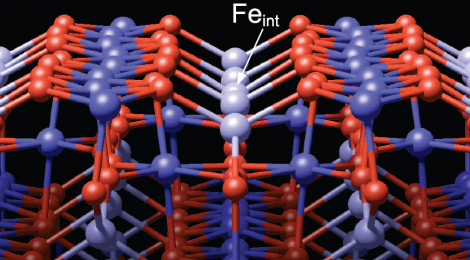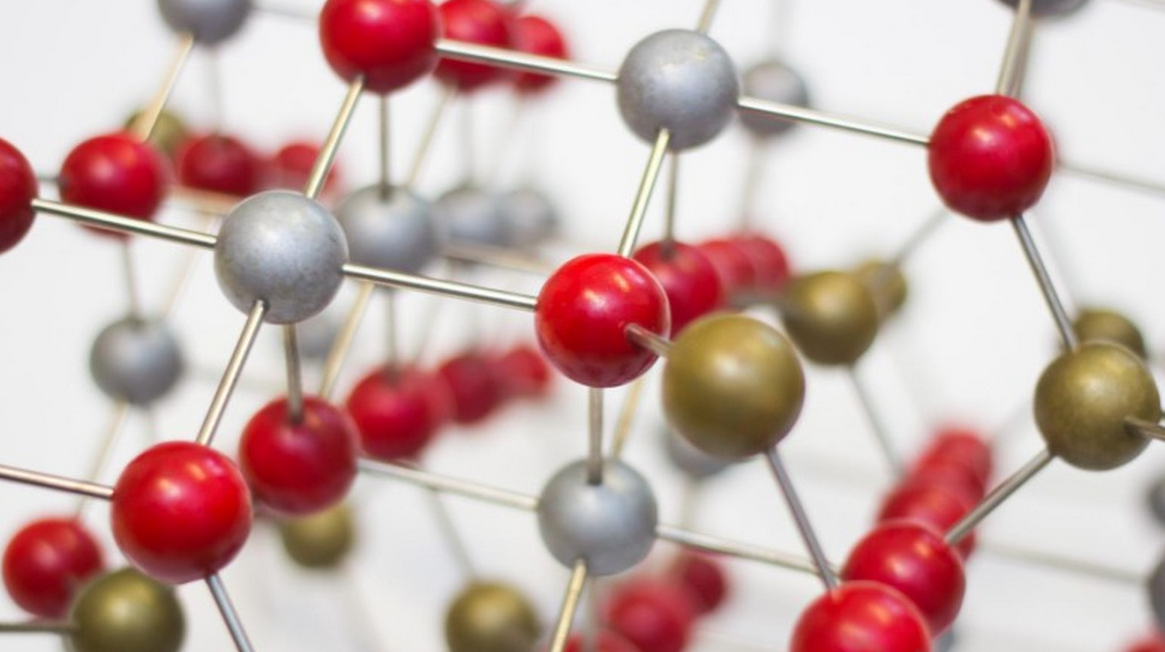
No Vacancy May Be Magic In The World Of Cold Fusion
New science shows gaping vacancies just below the surface of metal oxides
This may change everything we know about catalysts!
Years ago I was lucky to become friends with the late Michel Boudart. Michel, who was a professor of catalysis at Stanford, tutored me on understanding some of the mysteries of hydrogen and metals, his forte was spillover hydrogen. His interest in cold fusion sprang from his insatiable true curiosity and the fact that he’d been a member of the DOE panel that studied the original Pons and Fleischmann work and believed it was very real. It’s sad that Michel has passed as I am sure he would be as excited as I on reading of the discovery by Gareth Parkinson et al at the Technical University of Vienna of gaping and all important holes in our here-to-fore knowledge of metal oxides and hydrogen catalysts.
While the science of hydrogen catalysts has always been all about the surface it now seems that it may be more about what is just below the surface. The Parkinson group work shows that metal oxides, specifically iron oxide but others are clearly implicated, has a sub-surface environment where an atomic layer down there are gaping holes in the metal/metal oxide lattice where iron atom vacancies are abundant.
Metal oxides are widely known to be technologically important but extremely complicated to describe.
“Our results show that there is no need to despair. Metal oxides can (now) be modelled quite accurately after all, but maybe not in the way one might expect at first glance,” says Gareth Parkinson.
The scientists expect that their findings do not just apply to iron oxide but also to oxides of cobalt, manganese or nickel to mention a few. Re-thinking their crystal structures could possibly boost iron-oxide research in many areas and lead to applications in chemical catalysis, electronics or medicine they suggest.
Spillover hydrogen
This new work is incredibly important on the trail to understanding a mysterious and often hotly debated phenomenon called ‘spillover hydrogen.’ It has long been thought of as being so mysterious in the world of catalytic science as to be dismissed by most, “almost as controversial as cold fusion” my friend and mentor Prof. Boudart once said.
The idea of spillover hydrogen is that it is a monatomic form of hydrogen, you know hydrogen is ordinarily found as H2 molecules never as singlet H. This new work and discovery of iron vacancies just below the surface helps explain the strange nature of ‘spillover hydrogen.’
Perhaps instead of spillover monatomic hydrogen being a top-down (spillover) effect created by catalyst particles condensing a rain of hydrogen it is a bottom-up (artesian) effect and derives from these here-to-fore large populations of near-surface lattice vacancies and this subterranean strange hydrogen fuels catalytic action from below. That idea for me goes a long way toward helping to understand spillover hydrogen effects and toward understanding hydrogen bulk loading in some metals.
The pools of monatomic hydrogen these vacancies facilitate provides a trail to odd quantum behaviours of hydrogen in metals and some difficult to understand enhanced catalytic activity that is often associated. Of equal interest that the authors of the paper have mentioned in personal communications but not yet published is it seems that not only does monatomic hydrogen love to fill these vacancies but other small atoms, notably lithium, like these vacant nests and pools of ‘spillover’ hydrogen. Anyone in the cold fusion world will know the significance of lithium. A paper by a Japanese physicist Ikegami may be especially relevant.
Coherent Condensed Hydrogen
Once in the secure comforting embrace of those vacancies hydrogen may let its’ hair down and start behaving in a very condensed and coherent fashion in this perfect and impossibly rare atom-ecology environment. All manner of strange physics perhaps become imaginable. Coherent and/or condensed states of hydrogen in metals where the hydrogen electron may be away from it’s proton for extended times have long been cited as a basic requirement for cold fusion both from the point of how to get across the Coulomb barrier to managing the result which is rapidly sharing yielded nuclear energy in tiny packets of energy via a many part coupled process, can you say phonons.
From the beginning, Martin Fleischmann had surmised and produced experimental evidence for microscopic pockets of hydrogen in metals achieving a state of density greater than metallic hydrogen and equal to the density of hydrogen in the center of a star.

Nephew Scott & Uncle Talbot Chubb Navy Theoretical Atom-Ecologists Showed Protons and Deuterons Behave Oddly Inside Metals
The late great Uncle and Nephew team of Talbot and Scott Chubb, rest their souls, of the US Navy cold fusion research team showed that once hydrogen was in a strange state inside metals it acted/conducted much like a sea of electrons, proton conduction occurs as they behave no longer like particles but a wave.
.
Surface — Near Surface — Bulk
In the field of cold fusion there has been a 25-year long trail that has sustained an argument between those who think the important part of cold fusion material science is the surface vs. those in favour of the bulk. Now it seems the compromise is that it’s not on but near the surface where some very important transition where normal hydrogen waves off its particle character.
Parkinson doesn’t reflect on cold fusion at all in his paper on iron vacancies but he does offer a long list of other transition metals that surely support the vacancies so loved by hydrogen and experimentalists like me in the field of cold fusion. Such transition metals are all among the cold fusion communities favourite materials such as Nickel, Titanium, Palladium…. and then there is that lithium that if around seems most likely to be right in there spilled into those vacancies condensed with the hydrogen.
For me as an atom-ecologist suddenly I have in this work a new exquisitely described environment which is as perfectly suited to provide the special environment cold fusion has always been demanded. A micro-environment in a natural world dominated by matter where the tiniest of atoms can take up residence, hang out the NO VACANCY SIGN, and wave off many ordinary constraints.
Of course, this immediately suggests obvious new trails to follow and many ideas on how to manufacture an ever more perfect cold fusion working substrate. How about deuterium doped cold fusion assisted solar cells 😉

